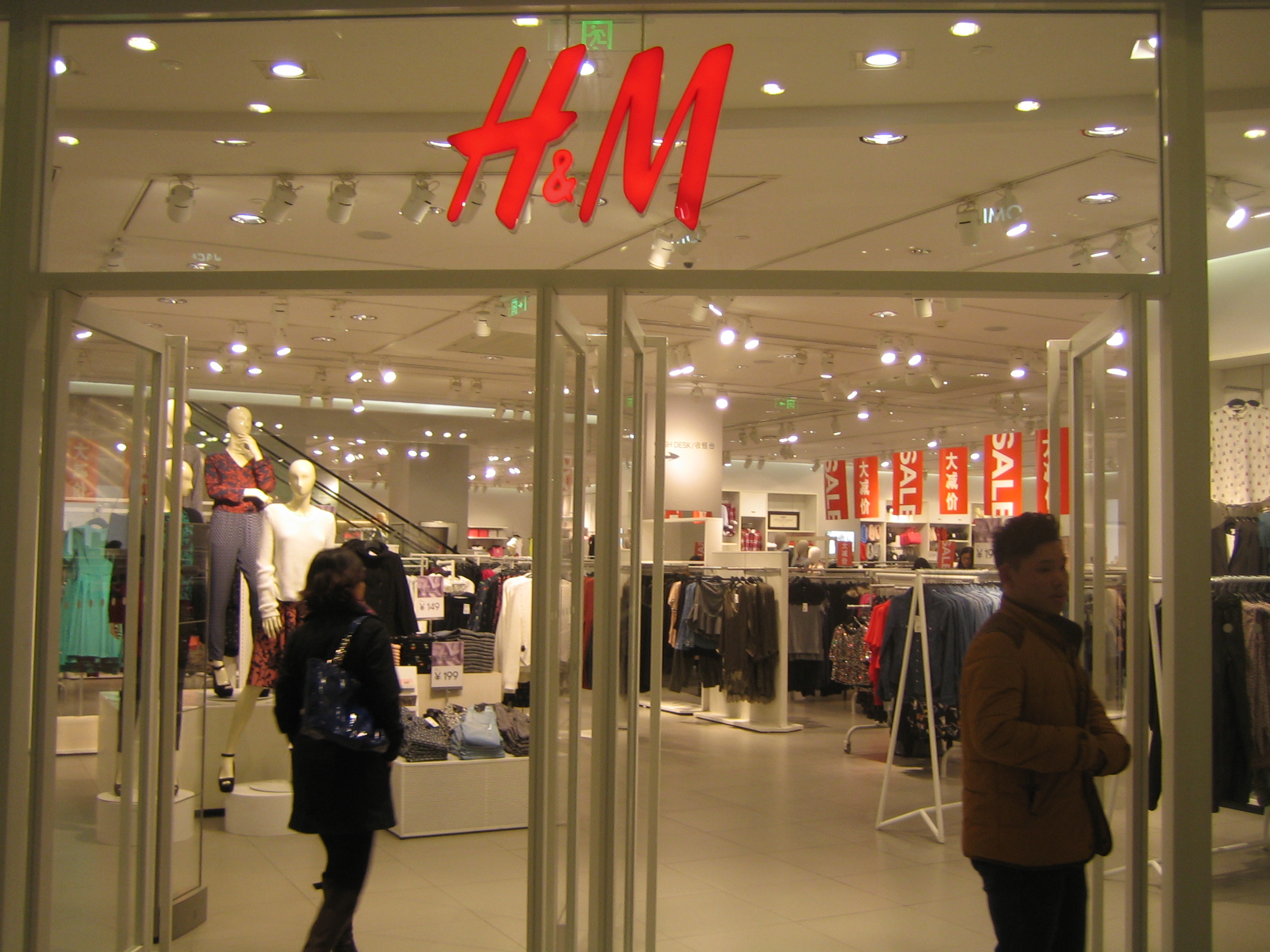The latest cutting-edge fashion: Climate action
By Gonzalo Muñoz, UN High-Level Champion for Climate Action for Chile’s COP25 | June 14, 2021
Fashion cuts across the whole of society – from the raw materials found around the world, to the artistic and functional designs, to small-scale and mass production, to retail and marketing, to consumers.
Fashion is a business, an art and a deeply personal form of expression.
But it is also among the highest-emitting sectors in the economy, responsible for 4 percent of global greenhouse gases, according to McKinsey and the Global Fashion Agenda. That’s equivalent to emissions from France, Germany and Britain combined. At the industry’s current pace of reductions, by 2030 its emissions will be double the maximum needed to limit global warming to 1.5°C, they found.
Our recovery from Covid-19 gives the industry the opportunity to decarbonize faster and create a healthier, more resilient net zero-emissions future for itself – while driving a wider transformation across the economy.
The Decarbonizing Fashion Milestones Document, released today, will help to do just that. The document is a representation of known decarbonisation efforts in the fashion space, compiled to support the Fashion industry’s transition to net zero carbon emissions. The exercise of producing this document has helped generate alignment on short, medium, and long-term actions and milestones required to reach net zero carbon emissions by 2050, whilst providing a holistic overview of decarbonisation action and milestone tracking.
Going forward, it is intended that the document provides a mechanism for promoting and amplifying existing initiatives on the road to COP26 and beyond. The process of producing the document was conducted across the fashion industry over 2020 and 2021, with contributions from over 25 industry organisations and endorsement from UNFCCC Fashion Industry Charter for Climate Action.
This sounds like a challenge, especially in the midst of an economic downturn. But it’s an opportunity worth seizing now – to the tune of US$20-30 trillion per year for developing and scaling up disruptive innovations and business models by 2030, according to Boston Consulting Group and the Fashion for Good platform. With a $2 trillion market, fashion offers major untapped opportunities for investors and companies to get ahead of this disruptive innovation, they added.
Covid-19 has thrown light on the fragility of our current economic system, especially for sectors that rely on international supply chains, distribution and retail. The weaknesses became even more obvious in March, when the Ever Given container ship blocked the Suez Canal for a week. Health, safety, security and reliability are now bigger public priorities than ever before. Living under lockdown, many of us have even re-evaluated our buying habits and placed new value on sustainability, too.

H&M has joined the Race to Zero.
The industry needs to address its raw materials, manufacturing and waste emissions, packaging, logistics, consumer use and chemicals use. It can reduce emissions from raw materials by scaling up the use of more sustainable materials and regenerative agricultural practices. It can maximize material efficiency and reduce waste in the supply chain, improve packaging and reduce unnecessary plastics, and power its manufacturing, brand and retail operations with 100 percent renewable energy.
Policymakers can support the industry’s race to zero by standardizing the measures of greenhouse gas emissions, the impacts of circular economy designs and taxonomy of waste. They can also accelerate the shift to low-carbon transport, renewable energy and energy efficiency, helping fashion shrink the footprint from its manufacturing, retail and logistics operations. And they can incentivize fashion companies to keep improving and innovating.
The finance and investment community, similarly, can direct money towards decarbonization by developing new investment vehicles, such as public-private partnerships, for research and development projects and innovation, and favour brands with robust environmental credentials.
Climate à la mode
Change is already afoot, it just needs to quicken. Retailer H&M, an international brand synonymous with affordable and fast fashion, is already part of the UN Race to Zero campaign. It aims to have a climate-neutral supply chain by 2030 and a climate-positive value chain by 2040.
Outdoor clothing retailer Patagonia, instead, aims to meet its goal for net zero emissions across its supply chain by 2025 by shifting to full renewable energy, using recycled and renewable materials and developing low-emission dyeing techniques, among other strategies. Patagonia joined the Race to Zero as part of the B Corp Climate Collective of companies aiming for net zero by 2030, which also includes fashion companies Finisterre and Allbirds.
The Race to Zero requires members to follow strict criteria for achieving net zero in the 2040s, including setting interim targets and regularly reporting progress. Collaboration and innovation are core parts of H&M’s strategy. Sports brands Puma, Salomon and Under Armour, luxury brands Salvatore Ferragamo and Stella McCartney, Chinese viscose rayon leader Sateri, chain retailer Target Australia, and major zip-maker YKK Group are all part of the campaign, too.
We won’t get to net zero emissions in the 2040s unless we work together, across value chains, sectors and public-private spheres. For fashion, this milestones report makes it possible to identify opportunities for cooperation and support across the value chain.
Now it’s time to work together to cut emissions across the sector, from raw materials to retail shops – and, in so doing, bring fashion-loving consumers along by making a healthy, sustainable, resilient future a fashion-must.


